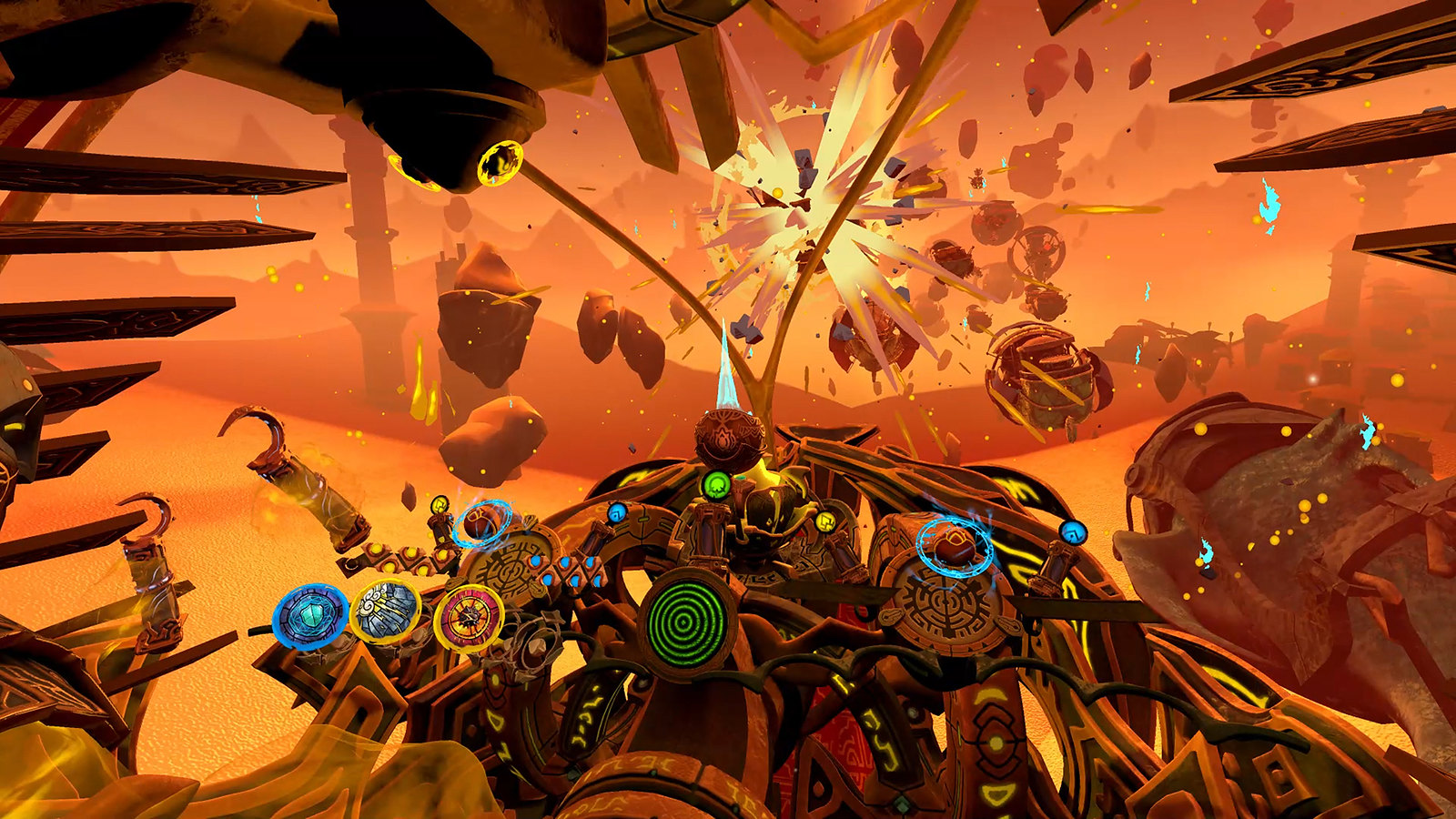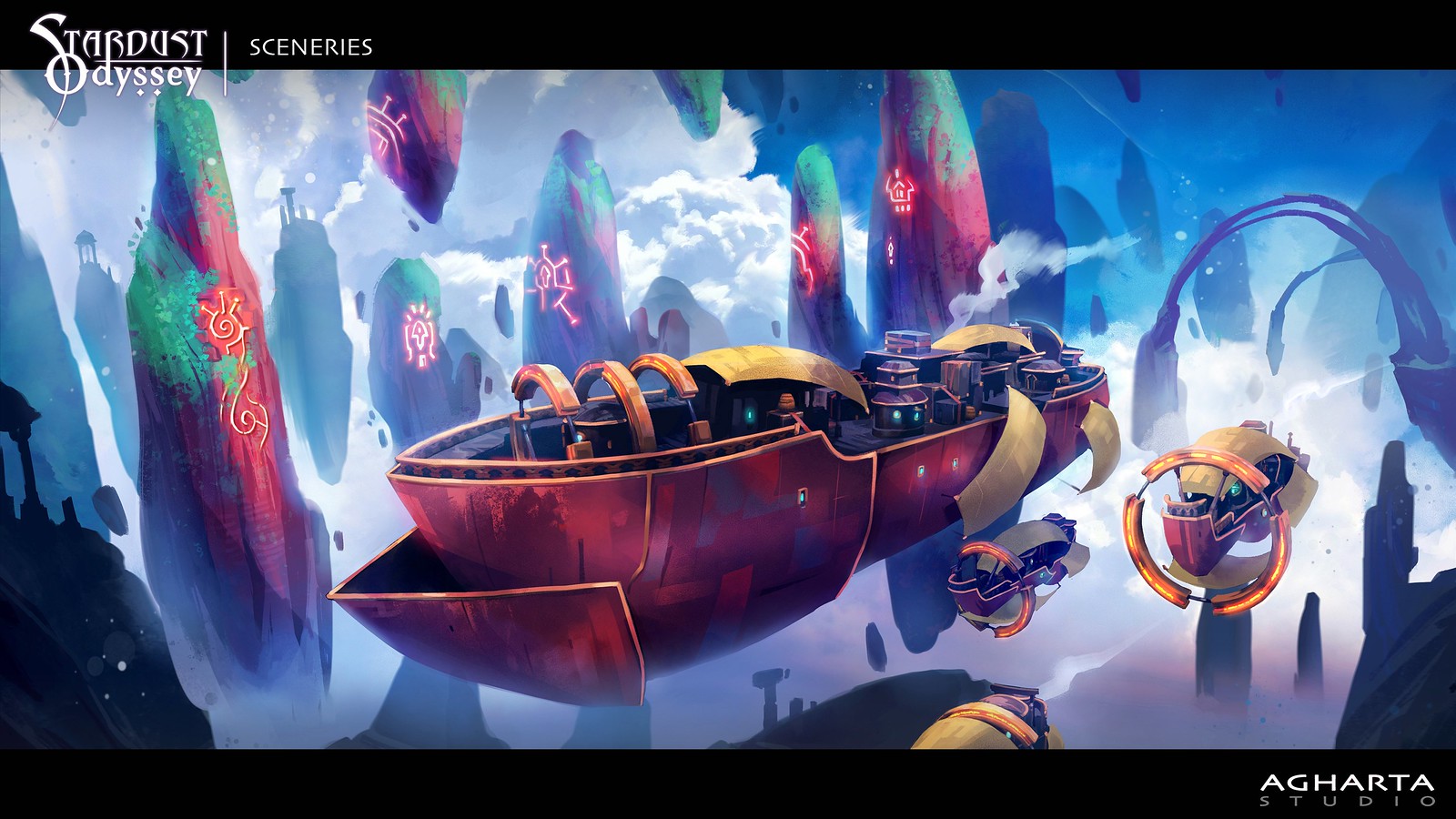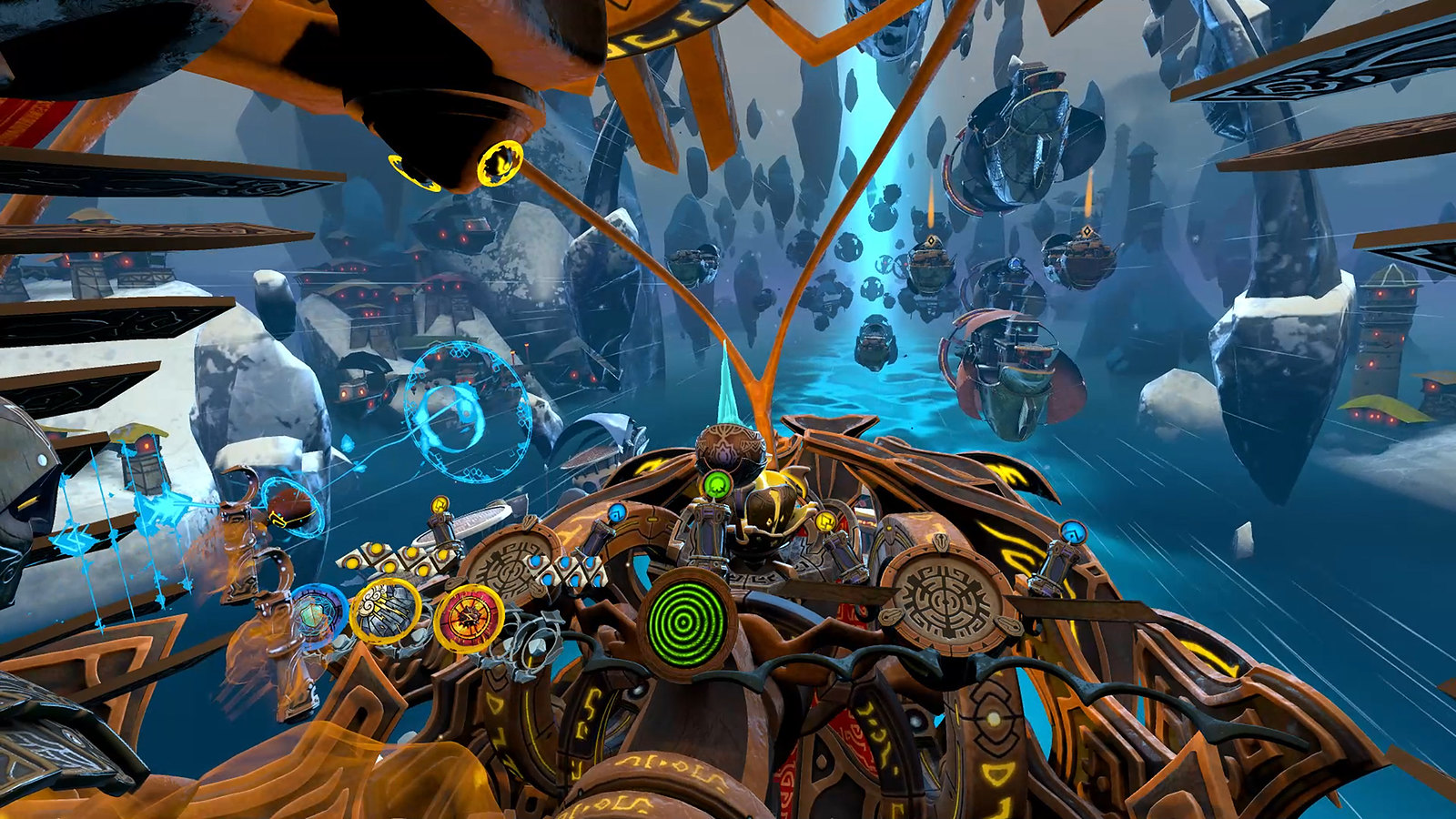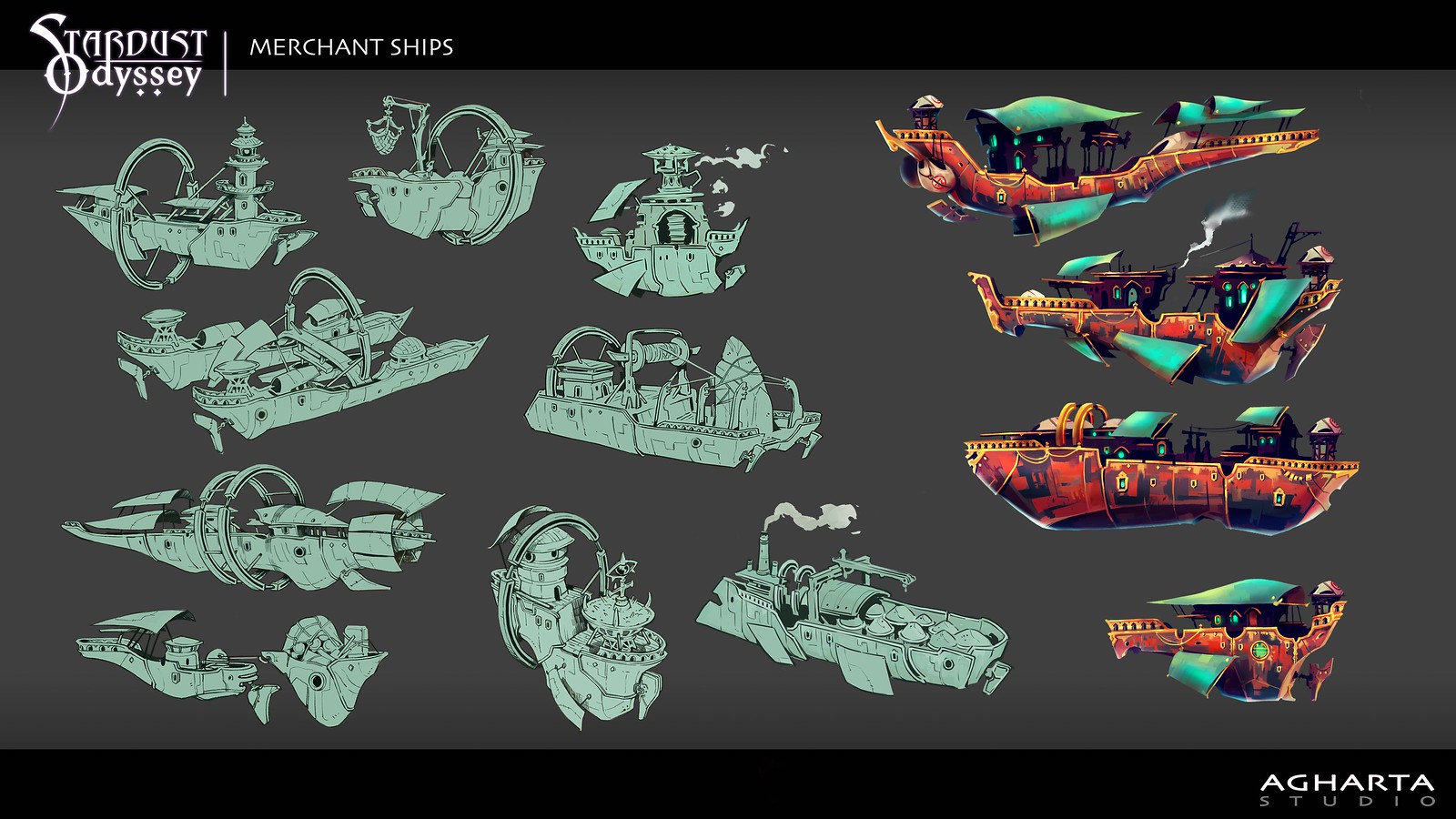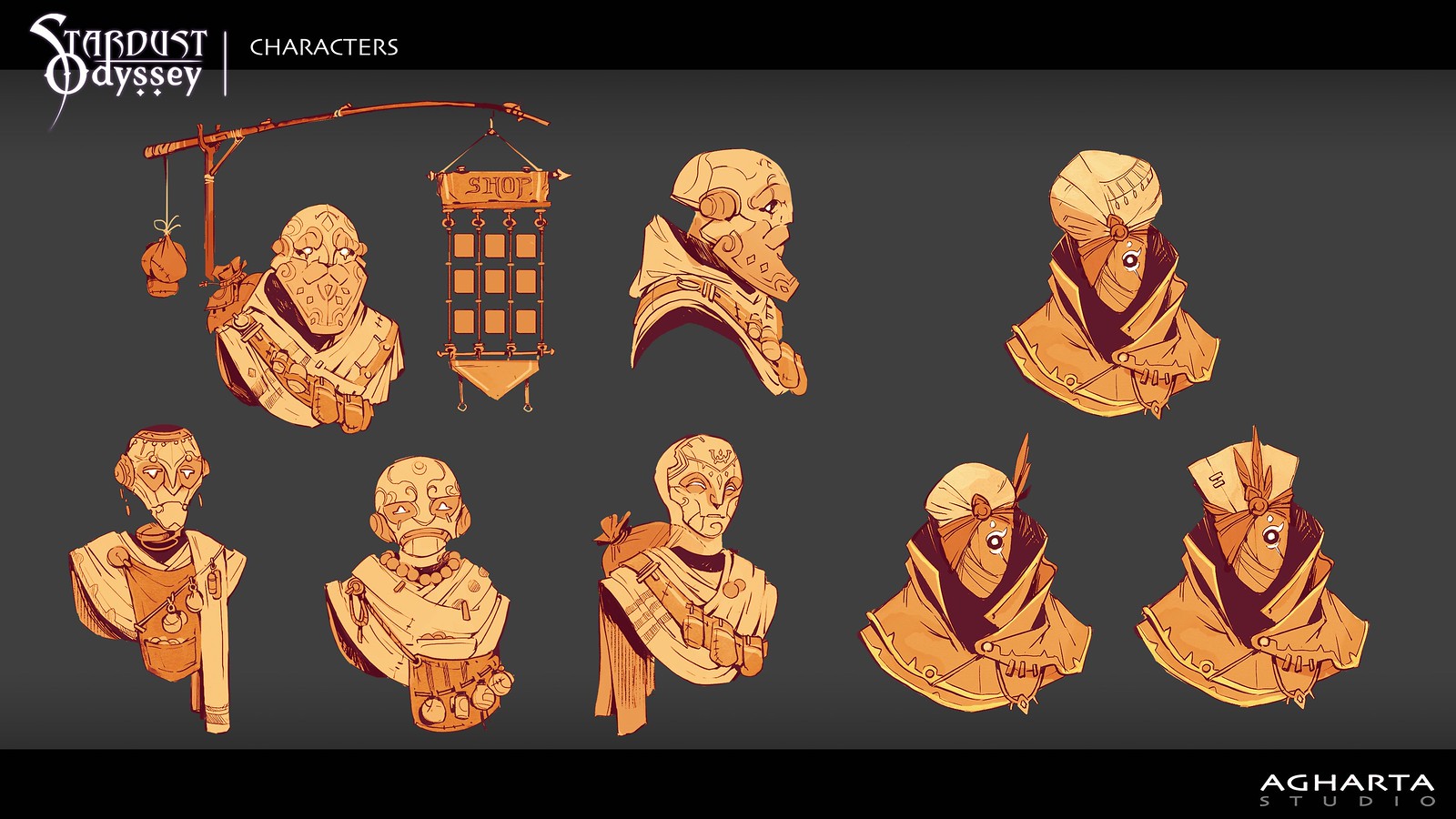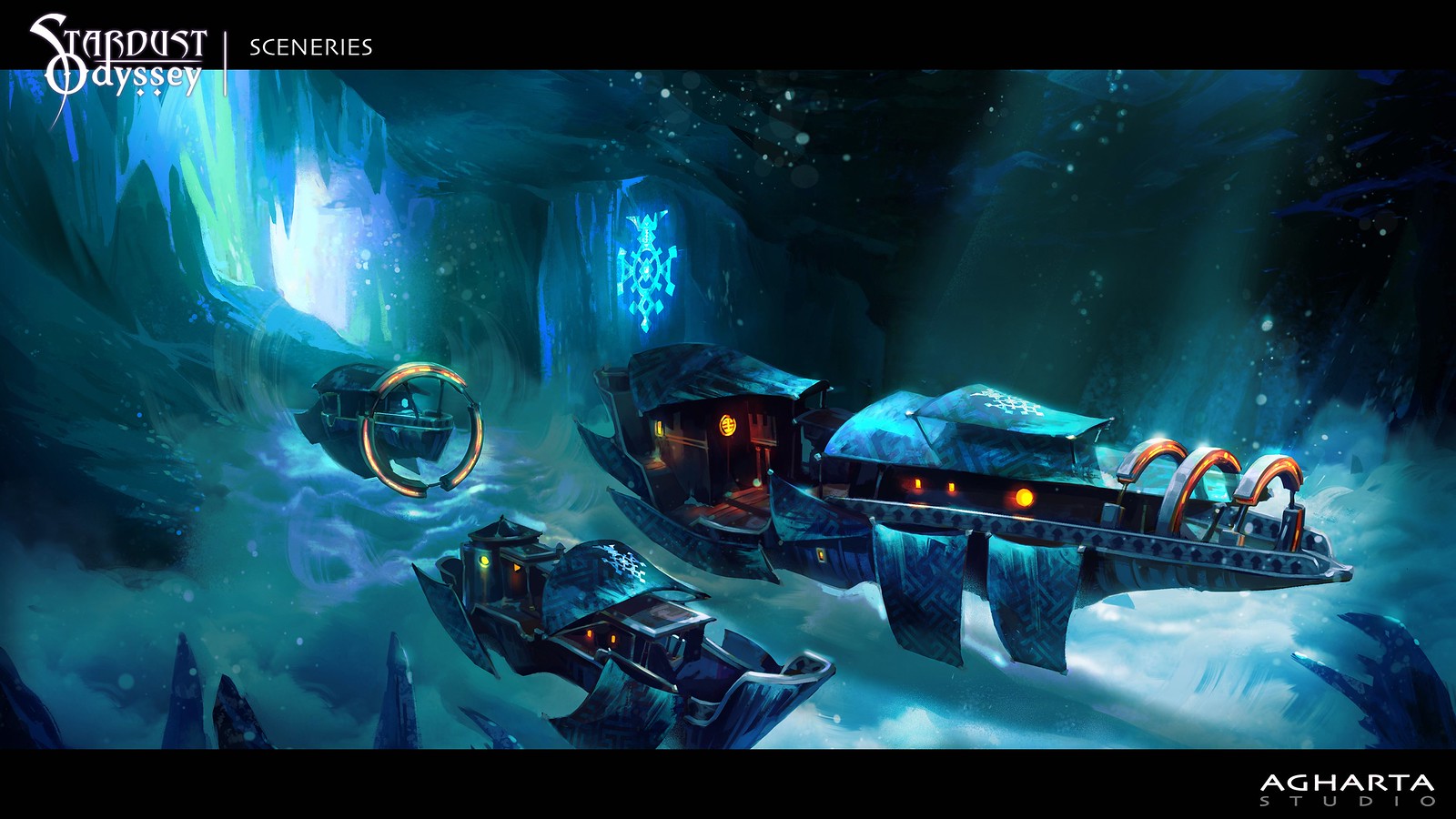We are proud to be delivering a genuine VR game with unique, PS VR-specific gameplay and a long in-game playtime, all centered around a full length adventure that immerses the player in a fantasy world. We’ve worked hard to design all the content in Stardust Odyssey and we hope players will enjoy the end result!
Creating the Controls
As VR players ourselves, we wanted a game that delivered (what we consider) all the essential features of a VR game: accessibility, comfort, ergonomics, simplicity and intuitiveness. We didn’t want to produce “just another brief experience.”
When you wear a VR headset, you cannot look at your hands and the control buttons, because this breaks the immersive experience. That is why we decided to play the game with the PS Move motion controllers and just the T button: you can instantly start playing without having to think about the mapping of the actions. All the actions are based on simply aiming, pressing, holding and releasing the T button.
In Stardust Odyssey, you play with “magical hooks” that you can use to aim at and grab all the interactive elements from a distance: the rudder to steer your Ethercraft, your spells, the cargoes, etc. Since you can play using your two hands, you can plunder cargo while steering at the same time.
Steering Your Ship is a Piece of Cake
When you grab the rudder ball by holding the T button, a blue disc appears in front of you, which you can use to direct your ship. Aiming inside the disc makes the Ethercraft strafe horizontally and vertically. To do this, you can either tilt your wrist or move your whole arm. To move forward, you just have to slightly push the rudder ball forward and to move backward you simply bring the rudder ball closer to your body. Blue marks on the side indicate how fast you are travelling. You can switch hands on the controls at any time and choose to use your left or right hand according to your preferences. You will quickly learn how to understand the steering HUDs and intuitively feel how the Ethercraft responds to the range of movements of your arm. After a couple of minutes, you will no longer need to look at the steering HUD.
Making Good Use of Your “Smuggler Hooks”
As soon as you have learned how to steer your ship, you can start interacting with your environment: hide behind nomads’ ships, plunder cargoes, fight against guardians, use the items inside your cockpit, cast powerful spell orbs, etc.
For instance, to cast a spell, the player has to aim at a specific spell orb, and then press and hold the T button to grab it. The spell loads and when it is ready, you can feel its power in your hand as your hook starts to vibrate. Then, you can aim and cast your powerful spell at any moment you wish by releasing the T button.
Each spell consumes energy. There are three types of energy. One type of energy also powers your ship, so if that gauge is empty, you lose. As you can easily understand, you have to balance your energy gauges when you play.
RPG Ingredients
One of the game’s strengths is that it provides players with different strategies they can use to face different situations: you can decide which path to take to progress through the levels, you can choose whether to face or avoid enemies, whether to get equipment for your ship, whether to loot and plunder or to just sail as fast as possible.
You can orient your strategy by modeling the setup in front of you with the 9 spells of the game. Some are attack-oriented, some are defensive and others are just useful tools to progress through the game. Deciding on which spells you will use is a very important ingredient in the gameplay loop. Also, bear in mind that you can combine spells: for instance, you can cast a lightning bolt in a graviton energy vortex you have already summoned up.
Another gameplay feature that genuinely changes the gaming experience is the runes. The 21 runes, which players will discover throughout the adventure, provide 21 passive bonuses. A maximum of three rune slots can be active at the same time. Once again, you have to decide on the strategy you want to adopt in the game, drawing on a wide variety of combinations.
With all the different choices you can make in terms of how you explore levels, what to do with the loot, the hidden treasures, the items in the shop, the strategies, and how you use your spells and runes, your game experience will certainly be unique!
Two Seats, Two Players
We designed the Ethercraft with two seats, because we wanted to create a social multiplayer experience from the very outset. At any moment in the game, you can invite or join a friend and share your adventure in co-op. Everything you gain in the co-op session also remains available back in solo mode.
The key to this seamless transition between solo and co-op modes is the game structure mechanic that locks the levels. To unlock levels, you have to explore the convoys and find the precious Ether. The amount of Ether you have determines which levels you have access to. If one of the two players has access to a specific level, then the team can enter that level. The team can collect and complete anything they want, and even collect Ether. As soon as the co-op session ends, each player returns to the camp with his/her updated amount of Ether and everything else collected during the runs.
So, the co-op mode provides a really smooth and seamless player experience.
Paradoxically, keeping all the gameplay elements simple without making the game “simplistic” was actually very complicated and took a lot of hard work! So, I really hope you will enjoy the depth of the gameplay in Stardust Odyssey!
[youtube https://www.youtube.com/watch?v=CZkwU4600Uw&w=560&h=315]
Website: LINK







